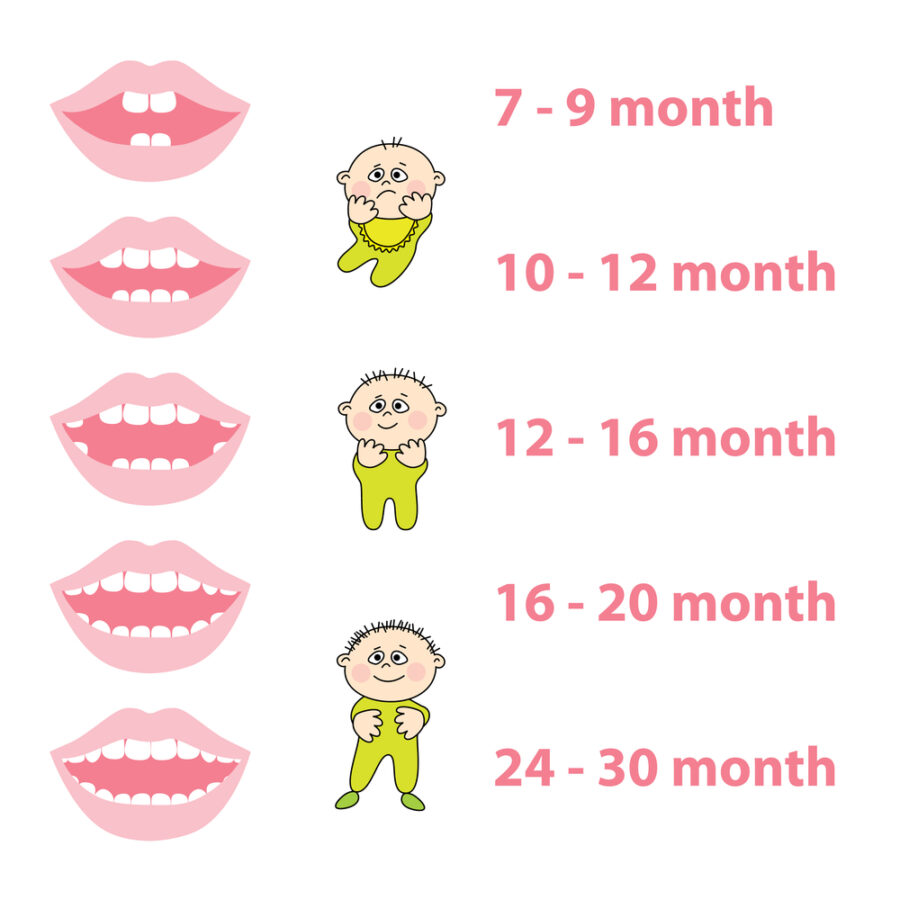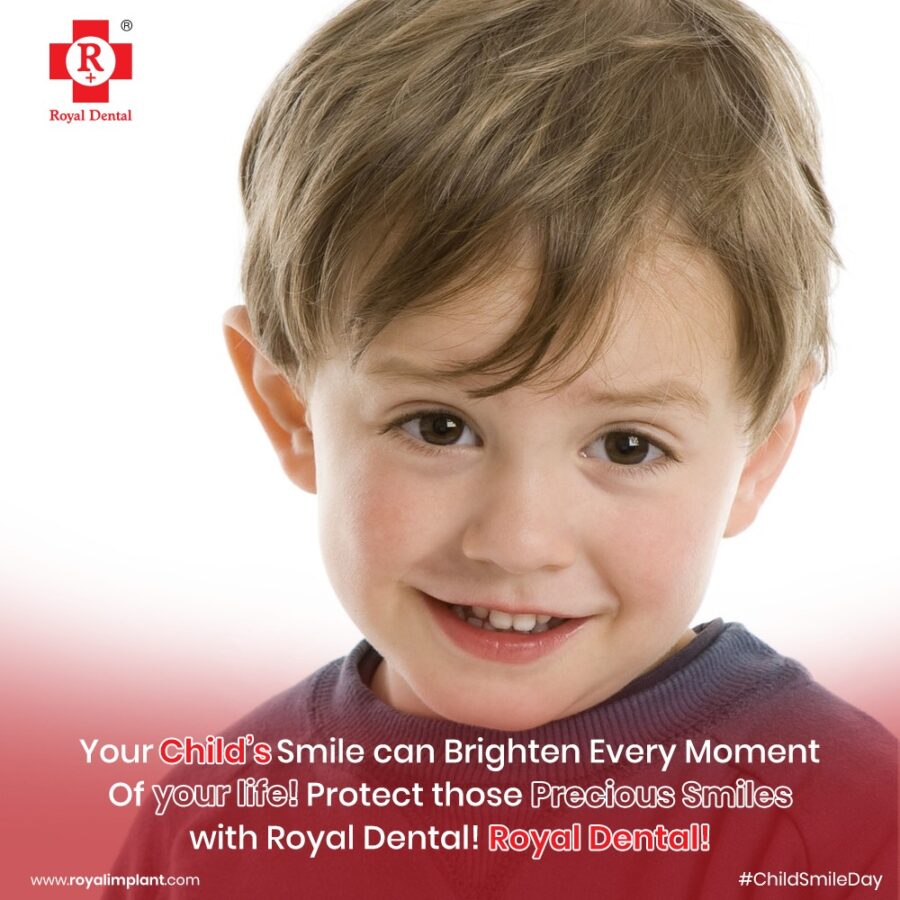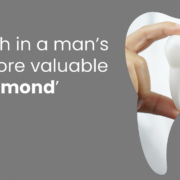Baby bottle tooth decay, also known as early childhood caries, is a common problem affecting infants and toddlers. It occurs when sugary drinks pool around their teeth for extended periods, leading to cavities and tooth decay. While these are just baby teeth, keeping them healthy is crucial for proper speech development, chewing, and ensuring permanent teeth erupt correctly.
Sugar and Lack Of Brushing: The Main Reason
The primary reason behind baby bottle tooth decay is sugar. Milk, formula, and even breast milk contain natural sugars. When these sugary liquids linger in a baby’s mouth, especially during sleep or prolonged bottle use, bacteria thrive. When these bacteria come into contact with sugar, they break it down for energy and release acid in the process. This acid erodes tooth enamel, the hard outer shell of the teeth, leading to cavities.
Furthermore, young children lack the proper oral hygiene habits to remove these sugary residues. Without regular brushing and cleaning, the acid continues to damage the teeth.
Signs and Symptoms Of Baby Bottle Tooth Decay
Early detection is key in preventing further damage. Here’s what to watch for:
- Changes in Tooth Appearance:
- White spots or chalky patches: These are early signs of enamel erosion caused by acid.
- Brown or discolored spots: This indicates further decay as the acid penetrates deeper into the tooth.
- Visible cavities: In severe cases, actual holes will appear in the teeth.
- Changes in Feeding Behavior:
- Irritability or fussiness during feeding: This could indicate mouth pain or discomfort from tooth decay.
- Difficulty sucking or chewing: Damaged or decayed teeth might make sucking on a bottle or feeding difficult.
- Gum Issues:
- Red, swollen, or bleeding gums: Inflammation of the gums (gingivitis) can be a sign of infection caused by tooth decay.
- Other potential signs:
- Fever: In some cases, a fever may accompany an infection in the gums or tooth.
- Bad breath: An unpleasant odor can indicate bacteria buildup or decay.
Remember, these are just some of the potential signs. If you notice any concerns about your child’s oral health, schedule an appointment with your pediatrician or dentist.
How To Prevent Baby Bottle Tooth Decay
- Ditch the Sugary Drinks: Avoid putting juice, soda, or sweetened drinks in your baby’s bottle. Stick to plain milk, formula, or breast milk. Water is always the best choice, especially at bedtime.
- No More Nighttime Bottles: Once your baby falls asleep, resist the urge to offer a bottle of anything but water.
- Early Oral Hygiene: Even before teeth erupt, wipe your baby’s gums with a damp washcloth after feedings to remove milk residue.
- Brushing Basics Begin Early: As soon as those first teeth appear, start brushing twice a day with a soft, infant-sized toothbrush and a smear of fluoride toothpaste. Fluoride strengthens enamel and fights decay.
- Transition to a Cup: Aim to wean your child from the bottle by their first birthday. Introduce a sippy cup for water and milk, and encourage them to drink independently.
- Regular Dental Visits: Schedule dental checkups for your child starting around age one. The dentist can monitor their oral health and recommend additional fluoride treatments if needed.
Infant Feeding Recommendations for Baby Tooth

You might be wondering what type of liquid you should feed your baby in their infant feeding years. Breast milk, formula, and water are probably the best choices. Babies who drink water before 6 months old are at risk of developing iron deficiency because water has no iron. This can make them very tired, and irritable, and cause them to cry more. Therefore, you can start adding water to your infant’s diet after they are 6 months old. You’ll probably want to use a bottle to prevent your baby from spilling.
1. Discontinue Bottle-Feeding by 9th Month
You’ll want to discontinue the use of bottle feeding once your child turns 9 months old. This gives them enough time to develop the dexterity to hold an open cup or a sippy cup with a lid. Some parents might think that using a bottle later is acceptable if their child has special needs.

However, it’s best to discontinue the use of bottles completely. If your child has special needs, you can use a sippy cup that has a spout. This helps kids with special needs achieve proper dental hygiene by limiting their exposure to their own saliva. The spout will prevent them from having to suck on their teeth, which can damage them.
2. Brush your Baby’s milk Teeth at least twice daily
Once your baby is 3 to 6 months old, it’s time to start brushing their teeth. You can use either a baby toothbrush or a soft toothbrush designed for children 3 years old and up. Once your baby reaches the age of 3, you can move them to regular fluoride toothpaste. We recommend waiting until they are approximately 6 years old to do this. Make sure that your child brushes for at least 2 minutes.
Younger kids might need help from their parents. You can use a timer to make sure they spend enough time brushing. Your child should brush their teeth after each feeding or drinking from a bottle. It’s also a good idea to brush their teeth before bed. If they are still in diapers, it’s a good idea to brush their teeth before they go to sleep.
3. Don’t use Toothpaste for Baby Tooth
Even though you might want to use toothpaste for your baby, you shouldn’t. To be honest, you shouldn’t use toothpaste for anyone. It’s too abrasive and can damage the enamel on your teeth, leading to cavities. Instead, you should use a toothbrush and a fluoride-free toothpaste that’s designed for children. You don’t want to use antibacterial mouthwash on your baby. It’s too harsh and can damage their gums and mouth. You can start using regular mouthwash once your child is old enough to spit it out.
4. Don’t let your Baby sleep with a Bottle or Pacifier
Proper oral hygiene isn’t the only thing that is important for your child’s dental health. You also have to make sure that they don’t have bad sleeping habits. Whether they are drinking from a bottle or using a pacifier, it’s important that they don’t sleep with it in their mouth.

If your child sleeps with a bottle or pacifier in their mouth, they are at a higher risk of developing tooth decay and missing teeth. To prevent this, always put the bottle or pacifier away after your child has finished drinking. You should also put it away before they fall asleep. It’s also a good idea to change your child’s sleeping position. Sleeping on their stomach doesn’t give their face or mouth enough room to breathe. This can lead to dental problems.
5. Transition to an open cup by the 9th Month
The earlier you introduce an open cup, the easier it will be for your child to transition to drinking from a regular cup when they are ready. Your child will likely start showing interest in drinking from an open cup between 9 and 12 months old. If your child is younger than 9 months old, you can place water (without any additives) in an open cup next to their bottle while they are drinking from it. This will encourage them to switch to the cup.
Once they start drinking from the open cup, you can gradually decrease the amount of water in the bottle until they stop drinking from it completely. Make sure that the cup is large and shallow to ensure that it’s easy for your child to use.
Conclusion
Bottle tooth decay can easily be prevented by following a few simple steps. The best way to prevent it is to transition your child to drinking from an open cup as early as possible. You can also use a sippy cup if your child is still developing the coordination necessary to drink from an open cup. Once your child has stopped drinking from a bottle, it’s important to remember to clean their milk teeth after each feeding. This will help prevent baby bottle tooth decay and ensure that your child has healthy teeth for life.
© All rights reserved by Royal Dental Implants Pvt Ltd Issued in the public interest






